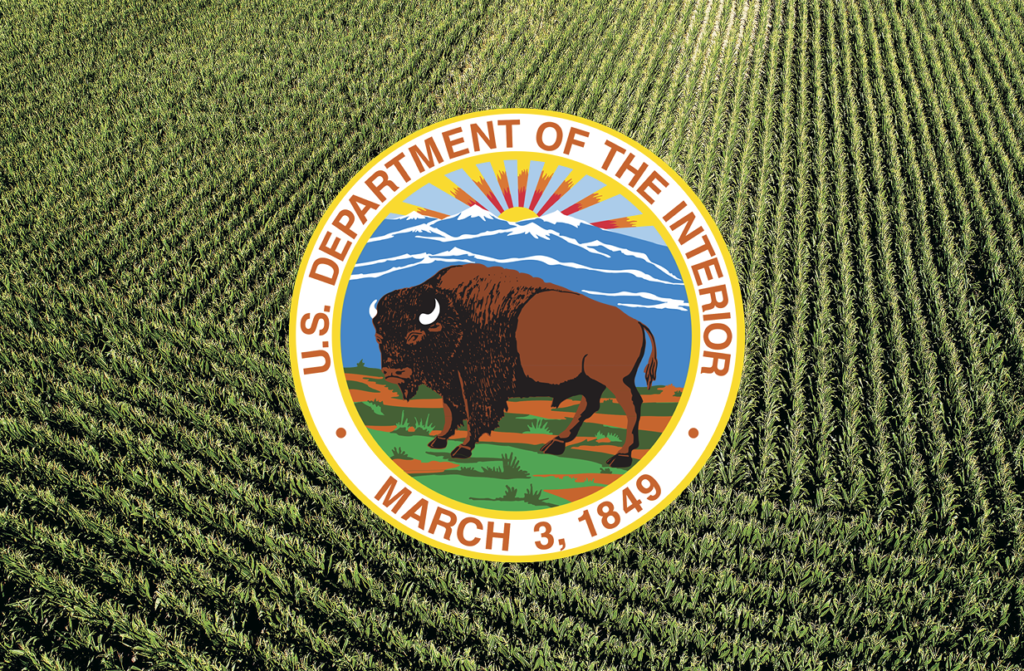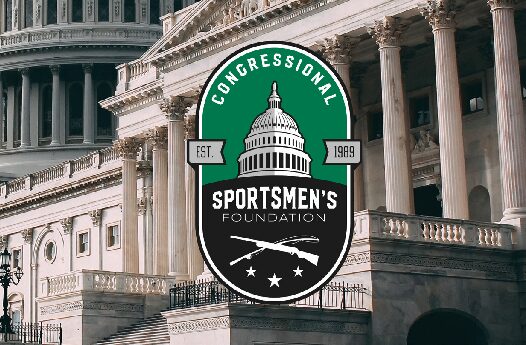Why Allow Hunting and Fishing on Wildlife Refuges?

With Interior Secretary David Bernhardt’s latest proposed expansion of hunting and fishing access on 97 national wildlife refuges and nine fish hatcheries across the country, there seems to be plenty to celebrate. But our coverage of this plan has generated questions from TRCP supporters about why this is a good idea.
Don’t refuges exist to give animals a space to take, well, refuge from hunting pressure?
Yes, they do. But there is more to the story of how these public lands are used. As a former wildlife refuge biologist and TRCP’s chief scientist, I’ll offer my perspective on how refuge habitats are managed, how wildlife uses them, and why it could certainly be a benefit to have hunters and anglers enjoy more access to refuges and hatcheries where it makes sense to do so.
A Brief History Lesson
The very first national wildlife refuge was established at Pelican Island in Florida by none other than Theodore Roosevelt, who went on to create 52 bird refuges and 4 big game refuges between 1903 and 1909. A total of 567 refuges now comprise the National Refuge System that spans some 95 million acres across the country.
The primary objective for refuges is to conserve, restore, and enhance fish, wildlife, and their habitats, but these lands are not off-limits to other uses, so long as they do not interfere with these key goals. Modern-day refuges are stringently managed as a system with six priority public uses outlined for wildlife-related activities—hunting, fishing, photography, wildlife watching, environmental education, and interpretation. In fact, the DOI estimates that wildlife-related recreation on refuges generates more than $3 billion annually, which benefits the business community near each of these public lands.
There are also 70 national fish hatcheries in 35 states. By 1870, growing concern over declining fish stocks prompted the establishment of fish spawning stations, many of which later became the first fish hatcheries in a national system.
Recreation and Refuges
The debate over whether hunting should or should not occur on national wildlife refuges is nothing new, and there is a long history of both support and opposition. The name refuge does relate to its purpose—in fact, the U.S. Fish and Wildlife Service explicitly states: “National wildlife refuges exist primarily to safeguard wildlife populations through habitat preservation. The word ‘refuge’ includes the idea of providing a haven of safety for wildlife, and as such, hunting might seem an inconsistent use of the National Wildlife Refuge System. However, habitat that normally supports healthy wildlife populations produces harvestable surpluses that are a renewable resource.”
By law, hunting and fishing on refuges is closed to the public unless otherwise opened as a priority public use by the Secretary of Interior. The current proposal by DOI would do this only where it makes sense and after a public process. And each of the refuges and fish hatcheries that make the final plan will be managed differently.
As you can imagine, there are few one-size-fits-all approaches to management of 567 refuges and 70 fish hatcheries, which is why hunting and fishing regulations on these public lands are diverse and often complicated. Some units do not allow hunting at all—currently, 197 refuges do not allow any form of hunting. Some units are only open for certain species of game. Only portions of a refuge may be open for some species, while others may be hunted on every acre except in safety zones.
When, where, and how hunting or fishing is allowed is dependent on several factors, and the decision to permit these activities is made on a case-by-case and unit-by-unit basis by local refuge managers and biologists. Considerations include the purpose and objectives of each refuge or hatchery, its biological soundness, and the public demand for and economic feasibility of providing recreation while protecting other resources.
Plus, there are legal requirements depending on how a refuge was established. For example, refuges established as migratory bird sanctuaries may allow hunting of migratory waterfowl on no more than 40 percent of the refuge acreage. Waterfowl hunting may be opened in more than 40 percent of a refuge if the Interior Secretary finds it would be “beneficial to the species,” but this is not the norm.
Expanding Access and Simplifying the Rules
Just as each refuge is different, so are the changes for each unit in the DOI’s current proposal. Many of the refuge acres proposed for hunting are in remote, rural areas where these activities would be readily welcomed—like the 41 limited-interest easement refuges in North Dakota potentially opened for upland and big game hunting and fishing in accordance with state regulations.
Where other priority public uses are already allowed, like photography and wildlife watching, proposed hunting or fishing access could be more controversial and will require greater attention to balancing all uses to ensure public safety. Still, some of the proposed changes would simply add an additional species for harvest where hunting already takes place.
The proposed rule also simplifies regulations for refuge users, as the U.S. Fish and Wildlife Service worked to better align their rules with state wildlife agencies during this process.
Harvest Must Be Sustainable
In my 30-year career as a wildlife biologist, I have not been aware of a situation where hunting on refuges caused severe population-level impacts for any species in the era of contemporary wildlife management. The USFWS has long acknowledged that, as practiced on refuges, hunting does not pose a threat to the wildlife populations, and in some instances, it is necessary for sound wildlife management.
Harvesting wildlife on refuges is carefully regulated to ensure balance between population levels and wildlife habitat, just as it is on other public lands. When deer populations, for example, exceed what is sustainable for that habitat, some are harvested to ensure the health of the herd and landscape. We also need to remember that hunting on refuges must comport not only with federal regulations but also those of the states, including their season dates, bag limits, and possession limits.
Still, in an ever-changing world experiencing continued habitat loss, some argue that hunting on refuges may only exacerbate species impacts. The adjustment of season dates and bag limits based on the population and desired harvest goals would, of course, be applied. If duck populations decrease, so will allowable harvest—a fundamental underpinning of the North American Waterfowl Management Plan.
Keeping a Balance
Even if this historic expansion of hunting and fishing access is finalized, it’s NOT a free-for-all on our fish and wildlife, folks. We have a strong system of laws and harvest management in place, based on the best available information gathered readily by state and federal agencies.
A more important concern regarding this proposal centers on the resources needed to administer more access. As Caroline Brower of the National Wildlife Refuge Association points out in her recent blog, we should be concerned about staff and funding for an agency that would struggle to manage habitat, existing refuge programs, and expanded hunting and fishing opportunities. Congress and the DOI would need to ensure that investments in our refuge and hatchery system more than meet the value of additional access to these lands.
The TRCP supports expanding opportunities for hunting and fishing, but we also support your ability to watch, photograph, and learn about wildlife on these public lands—many of which provide the only immersive outdoor experiences within driving distance of large urban areas.
Balance is, of course, the key. And this is why your opinion matters in the public process of vetting where hunting and fishing should be allowed. Here is the official list of refuges and hatcheries and what expansions are proposed. Public comments will be accepted until June 8, 2020, so make your voice heard.
SHARE ON
You may also like
The role corn plays for gamebirds and economies ac...
Sportsmen’s conservation policy issues from publ...
Sportsmen’s conservation policy issues from publ...


























